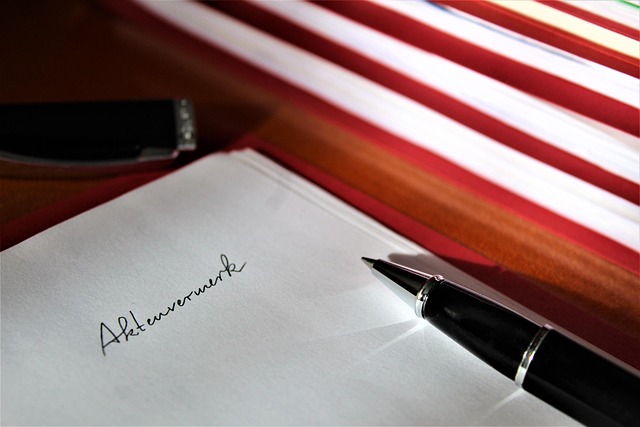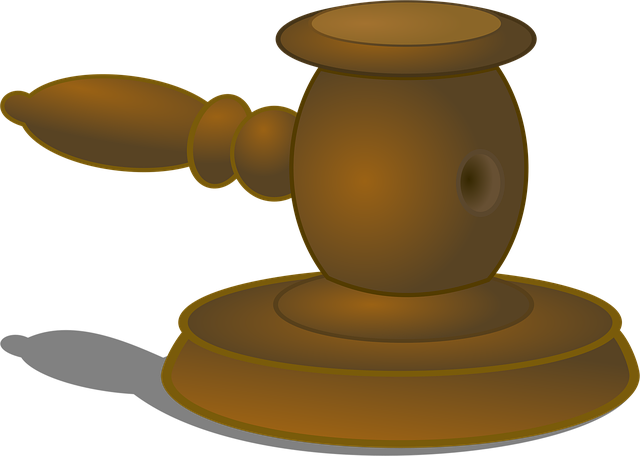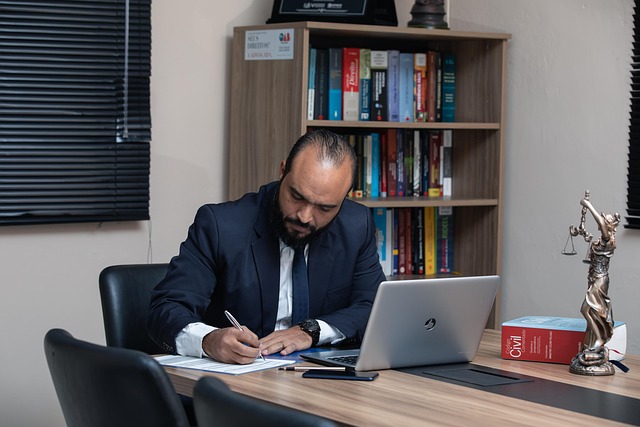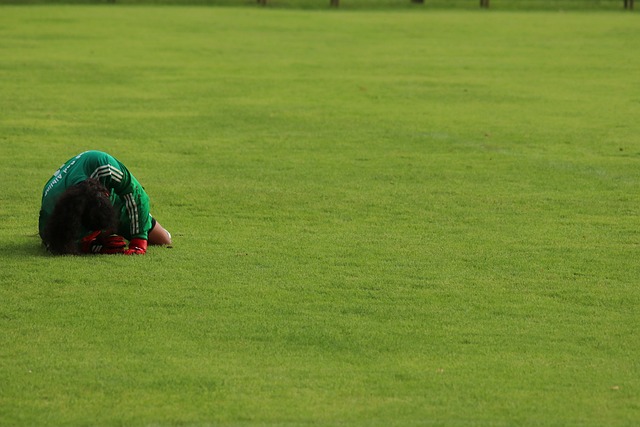Establishing slip and fall negligence involves proving a property owner's duty to maintain safety, breach of that duty, and causation to injuries. Documenting evidence like photos, witness statements, medical records, and time/location details is crucial. Consulting a specialized attorney ensures proper documentation and legal action for compensation against responsible parties.
“Slip and fall accidents can lead to serious injuries and legal repercussions, especially when negligence is involved. This article guides you through the crucial elements needed to prove slip and fall negligence. We’ll explore establishing the duty of care and demonstrating a breach, proving causation and damages, and documenting evidence effectively. Understanding these key steps is essential for navigating the legal process successfully and securing justice.”
- Establishing Duty of Care and Breach
- Proving Causation and Damages
- Documenting Evidence and Legal Steps
Establishing Duty of Care and Breach
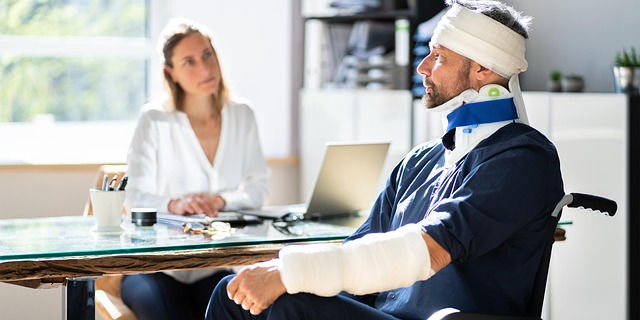
Establishing Duty of Care and Breach is a crucial step in proving slip and fall negligence cases. It begins with demonstrating that there was indeed a duty of care owed to the victim, usually by the property owner or manager. This responsibility implies a commitment to ensure safe conditions for visitors or residents, which may include regular cleaning and maintenance checks to prevent hazardous situations.
In the context of nursing home abuse or neglect, this duty becomes even more critical as elderly individuals are often less mobile and more vulnerable to falls. A personal injury attorney specializing in slip and fall negligence cases would argue that nursing homes have a heightened obligation to create and maintain a safe environment for their residents. When this duty is breached—for instance, due to wet floors not properly dried or uneven flooring not repaired—it paves the way for compensation for any resulting injuries incurred through no fault of the victim.
Proving Causation and Damages

To establish slip and fall negligence, proving causation and damages is paramount. This involves demonstrating that the property owner or manager had a duty to maintain a safe premises, breached this duty, and their negligence directly caused the incident resulting in injuries or losses.
Causation can be established through eyewitness accounts, medical records, and expert testimony. It’s crucial to show that the hazard or unsafe condition was present at the time of the fall and contributed significantly to the injuries sustained. Documenting these elements is vital for a successful personal injury claim, especially when seeking compensation for serious injuries caused by a breach of contract regarding property maintenance. Engaging a qualified personal injury lawyer can aid in navigating this complex process and ensuring fair compensation for the harm suffered.
Documenting Evidence and Legal Steps

Documenting evidence is a crucial step in proving slip and fall negligence. After any such incident, it’s vital to gather and preserve all relevant information. This includes taking photos of the hazardous condition that led to the fall, recording details about the time, date, and location of the accident, and collecting statements from witnesses who may have observed the event. Additionally, seeking immediate medical attention and gathering medical records is essential, as these documents can provide critical insights into the extent of injuries sustained.
Legal steps should be initiated promptly to ensure the preservation of evidence and protection of your rights. Consulting with a personal injury attorney specializing in slip and fall cases is advisable. They can guide you through the process, helping to navigate the legal system and ensuring that all necessary documentation is filed correctly. This includes preparing and filing a claim against the responsible party or entity, which may be a property owner, landlord, or business operator, seeking accident compensation for any resulting injuries and losses.
To prove a case of slip and fall negligence, several key elements must be established. These include demonstrating that a duty of care was owed, its breach led to the accident, and quantifiable damages resulted. Effective documentation and a thorough understanding of legal procedures are vital steps in navigating this process. By compiling compelling evidence and following the outlined legal steps, individuals can ensure their rights are protected and seek just compensation for slip and fall incidents.

